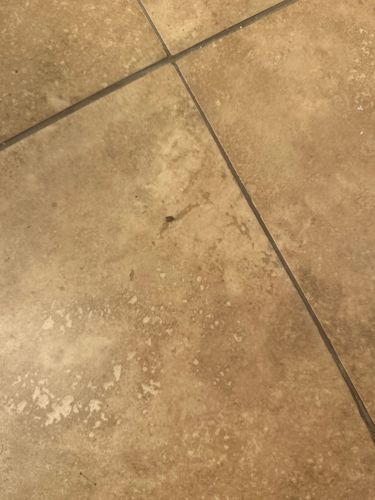Fungus Gnat
Scientific Name: Bradysia spp. (for family Sciaridae) or various genera within Mycetophilidae.
Order & Family: Order: Diptera (flies), Families: Mycetophilidae or Sciaridae.
Size: 1.5 to 3 mm (0.06 to 0.12 inches) in length.

Natural Habitat
Damp, humid environments with decaying organic matter, such as potting soil, compost piles, greenhouses, and areas with water leaks or poor drainage. Commonly found indoors around houseplants.
Diet & Feeding
Adult fungus gnats typically do not feed or feed on liquids. Larvae feed on various decaying organic matter, especially fungi, algae, and plant roots (particularly seedlings and houseplants).
Behavior Patterns
Flies erratically, often attracted to lights at night. Females lay eggs on or near suitable decaying organic matter. Larvae develop in moist environments, feeding on fungi, bacteria, and decaying material. They have relatively short life cycles.
Risks & Benefits
Potential Risks: Primarily a nuisance pest indoors. Larvae can damage roots of seedlings and young plants, especially in commercial nurseries or heavily infested houseplants. They do not bite humans or transmit diseases. Potential Benefits: In outdoor ecosystems, some species may play a minor role in decomposition.
Identified on: 8/29/2025